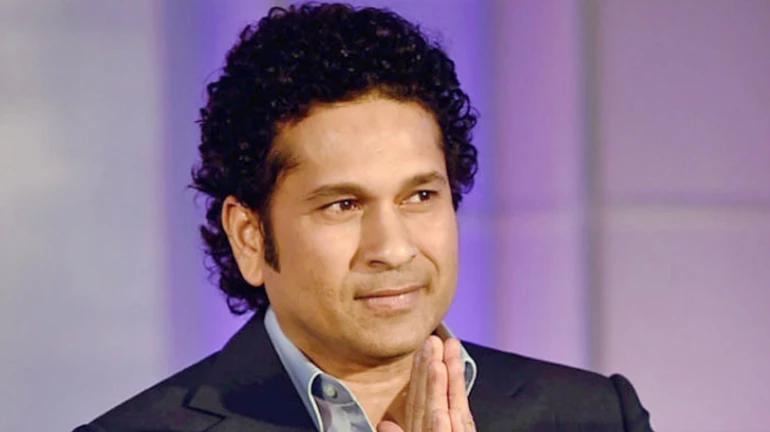
Former Mumbai cricketer and Indian Cricket Team legend, Sachin Tendulkar is hailed as one of the greatest cricketers to have played the sport. While he may have retired from actively playing cricket, he has always been looking to contribute to the sport. Recently, Tendulkar presented an idea which suggested that One-Day cricket must consist of four innings with two innings each for the two teams.
This is not the first time Tendulkar has pitched the idea of a 'split-innings format' in ODI cricket. In 2009, Sachin had first made the suggestion and taking notice of the same, Cricket Australia implemented the format in their domestic one-day competition in 2010 by splitting each innings into two parts - one of 20 overs and one of 15 overs.
However, as it received underwhelming feedback, the format was subsequently scrapped and they moved back to the traditional 50-over format.
Once again, after 10 years, the former Indian opener has come forward with the innovative approach and feels that there need to be four innings of 25 overs each instead of two innings of 50 overs each.
According to Sachin's proposal, an innings of 50 overs will be split into two parts of 25 overs with the teams batting alternately with a 15-minute break before the commencement of every inning.
"The 50-over format is the first thing that needs a look-in. As I had suggested, the format needs a tweak of two innings of 25 overs per side with a 15-minute break between each innings (a total of four innings between two teams)," Sachin told Times of India.
Explaining his point, Tendulkar further said that in a match between Team A and Team B, Team A bats 25 overs and with the end of an innings team B bats for 25 overs. Team A then resumes innings (with whatever wickets left) from the 26th over. In the end, the team sets a target for Team B who then resumes the last innings to chase the target.
"If Team A has lost all their wickets within the first 25 overs itself, then Team B gets 50 overs (25 overs plus 25 overs with a break) to chase the target. Now look at the number of ideas that can be adopted in a format like this," the 46-year-old explained.
The cricketer further explained that this will eliminate the undue advantage chasing team receives from dew. He explained that the format will force both sides to face the wrath of it, unlike the current model which sees all misery being piled on the team bowling second.





